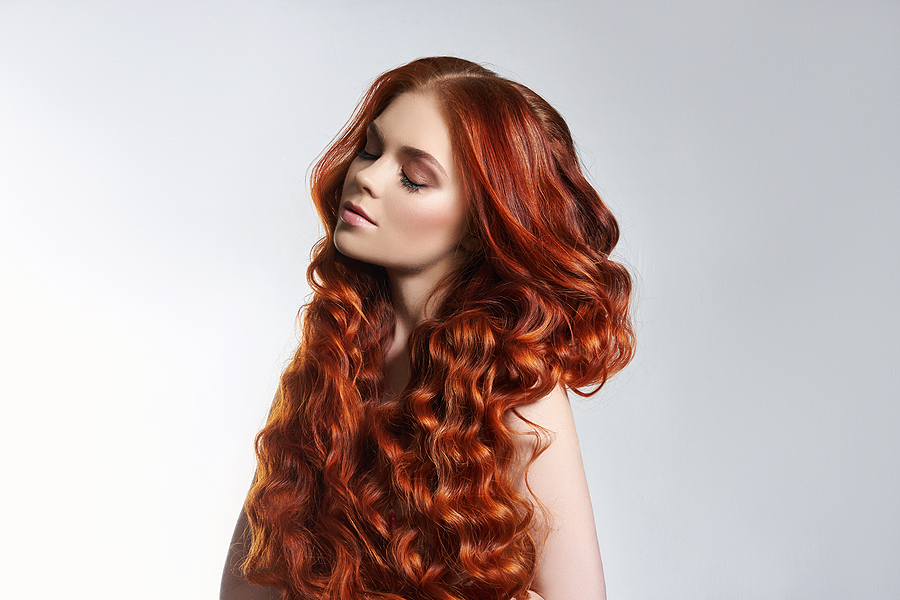In recent years, natural hair dyes have become an incredibly popular choice not only for people sitting in the salon chair but also for professionals as well.
There are a lot of reasons for this, including less harshness on the scalp, the ability to more consistently build a particular colour type with repeated applications and the benefits to both your skin and the environment.
However, whilst there are some modern natural hair dyes, it is a misconception to think they are the exception, as for thousands of years before the invention of synthetic dyes there has been a long, vibrant and extravagant tradition of hair dyes.
According to a 2007 episode of BBC’s Woman’s Hour, the earliest known hair dye is over four millennia old, dating back to a circa 2177 BC Aysserian set of cosmetic preparations.
However, natural hair days are not and were never limited to natural hair colours. Henna, a commonly used ingredient in natural hair colourants, is orange or red and can be used to build up a permanent red or orange colour with repeated use.
Alternatively, it can be combined with indigo, a plant-based blue dye, to create shades of brown and black as desired.
Many of the early, older natural methods for colouring hair were published in the 1661 publication Eighteen Books of the Secrets of Art & Nature, some of the earliest popular compilations of “do it yourself” cosmetic advice.
Given the wide availability of this and other “Secrets” books, even by the 1907 launch of the first non-natural hair dye, the ability to colour your hair using natural ingredients was already widely known and commonly undertaken by salons of the era.
Using natural dyes is safer, better for the environment and allows for the preservation of natural techniques, formulations and ingredients for people in the future to enjoy.
